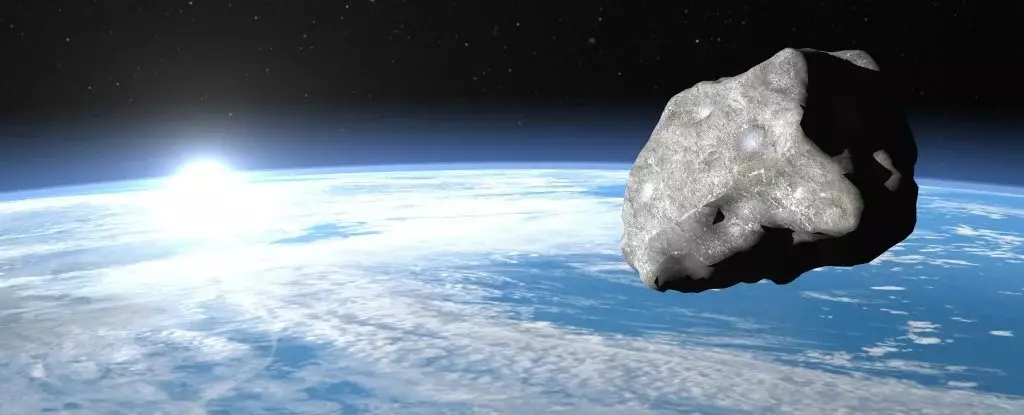Two rare asteroids are set to pass by Earth at a close range, within just 42 hours of each other this week. Despite being labeled as “potentially hazardous,” both of these space rocks will safely fly by at thousands of miles per hour without posing any immediate threat to Earth. The European Space Agency has confirmed that there is a zero percent chance of either asteroid colliding with our planet. Although not visible to the naked eye, these asteroids can be spotted with a telescope or binoculars. Alternatively, interested individuals can tune in to livestreams hosted by The Virtual Telescope Project.
Asteroid (415029) 2011 UL21, one of the passing asteroids, is considered to be one of the largest asteroids to have recently come close to Earth. With an estimated diameter of approximately 1.4 miles, this mountain-sized space rock is larger than 99% of all known near-Earth objects. Falling into the category of “planet killers,” which are at least 1.2 miles wide, Asteroid 2011 UL21 has the potential to cause significant damage on a continental scale if it were to collide with Earth. However, its upcoming fly-by on Thursday is expected to be at a safe distance of over 4 million miles.
In contrast, Asteroid 2024 MK, the second asteroid passing by Earth this week, was only discovered earlier this month, just 13 days before its close encounter with our planet. Despite being significantly smaller than 2011 UL21, with an estimated diameter ranging between 390 and 885 feet, this asteroid is expected to be particularly bright due to its close proximity to Earth. Flying within 184,000 miles of our planet, approximately 77% of the average distance between Earth and the moon, Asteroid 2024 MK will be one of the brightest objects of its kind observed in recent history.
The approaching fly-bys of Asteroids 2011 UL21 and 2024 MK are significant events for astronomers and space enthusiasts alike. While both asteroids are labeled as “potentially hazardous,” their safe distances and trajectories ensure that there is no cause for concern regarding a potential collision with Earth. Despite their size and classification, these space rocks serve as important reminders of the vastness and unpredictability of the cosmos. By studying these celestial bodies as they pass by our planet, scientists gain valuable insights into the composition and behavior of asteroids, ultimately contributing to our understanding of the universe beyond Earth’s atmosphere.


Leave a Reply